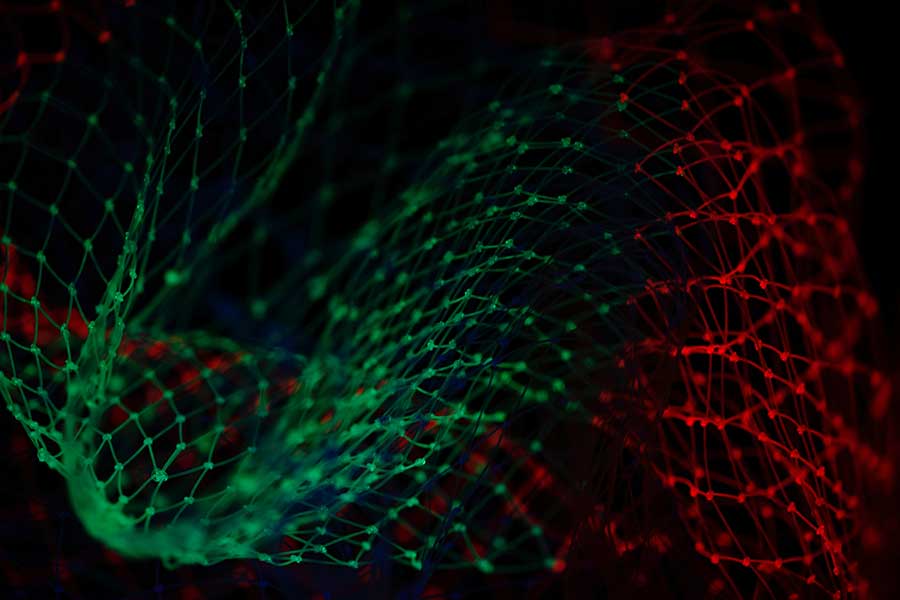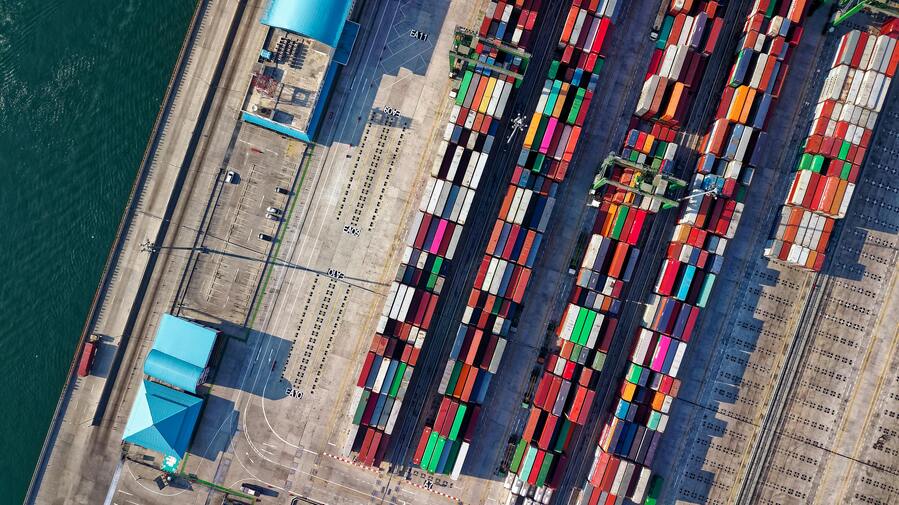Big Data has become even more popular in recent years (both within and outside the technological environment). Today, the world we live in is even more hyper connected than ever before. Without a doubt, technology has changed the way we relate to each other, have fun, and do business, among many other things.
The development of technology has helped to improve life as we know it, being able to extract prescriptive information from the data that is generated and managed.
In this article, we introduce you to the world of Big Data and Graphics, analyzing what they are for practical purposes.
Big data for the real world
The term Big Data has been used to refer to “large volumes of data”. This includes both structured and unstructured data produced on a daily basis.
In these data, we can find large volumes of vital information for companies.
However, what is fascinating about Big Data is not only the volume it provides, but what we can get from it by analysing it.
Nowadays, companies use powerful technological tools to be able to process this large volume of information. In this way, they develop processes, discover tastes and also user preferences. All this with the aim of better focusing the services they offer.
However, the first thing is to understand why this type of data is important. The main thing is to know the source or origin of the data. In this way we can generate data from the internet connection itself or from the internet of things.
When we are dealing with different types of software, we will have structured or semi-structured data. Normally, structured data will be the minimum. This will make getting correctly analyzed information a challenge. However, at this point the “graphs” will play a crucial role.
What are graphs for?
The first thing you should know is that networks are structures of special importance in which we can store large amounts of information. Networks were first conceived hundreds of years ago, allowing us to understand the connections between the data they connect.
Graphs have a composition of nodes, which allow us to find different types of data, relating them or connecting them through edges.
Networks allow detailed tracking of information, making it understandable in order to make the right decisions. In this way we also get to know the interrelations between the data, becoming especially important with the analysis of Big Data.
The Big Data, is in charge of concentrating, analyzing and managing gigantic amounts of data and the graphs will allow us to understand those data to get a diagnosis from them.
Graphs address the main difficulties of the Big Data
Without a doubt, graphs help to address the main difficulties of big data.
When a large volume of data is obtained, a system needs to be developed that allows for the collection, cleaning, integration and conclusions to be drawn in a short time of analysis.
When the analysis times are reduced, the decision making process can be optimized.
The most important thing about linking the Big Data with the graphs is that both are very powerful areas that can be applied to different departments within the company, managing to solve multiple problems.









